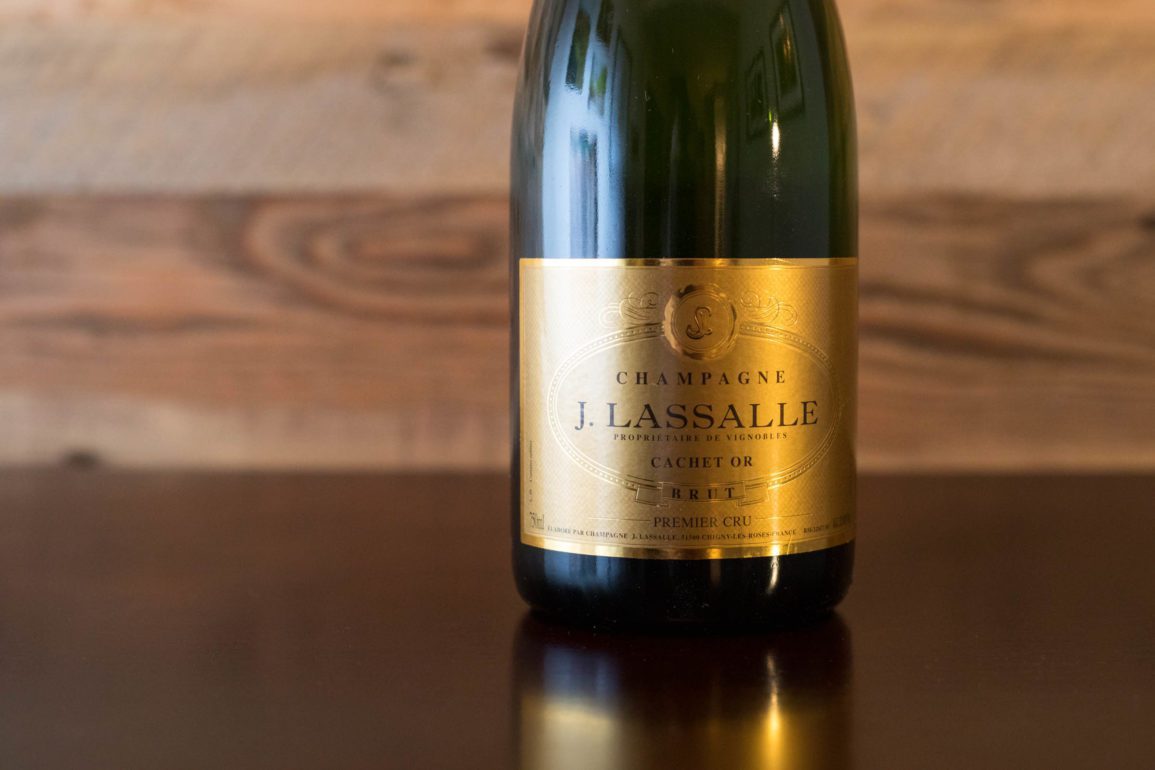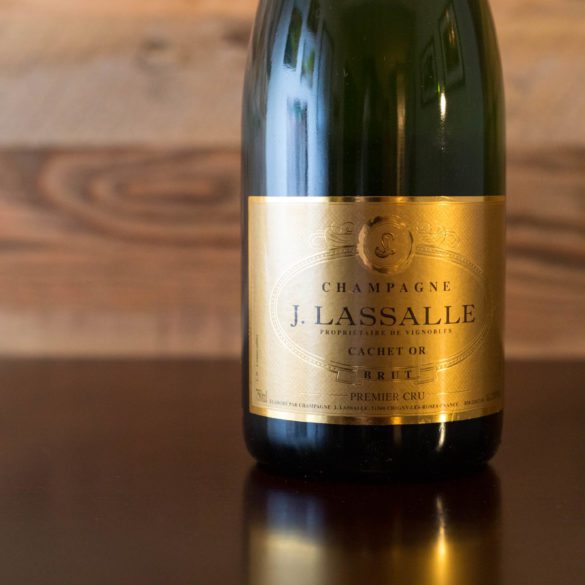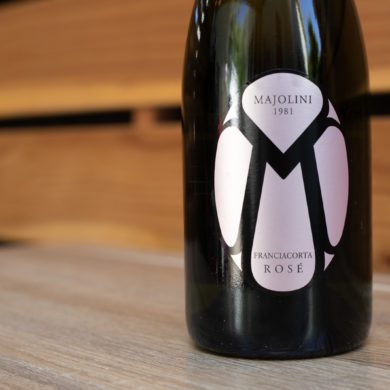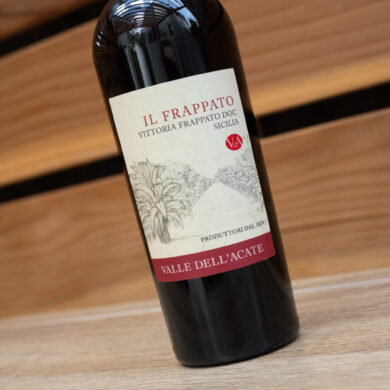If there is a knock on champagne, it would be price. For a memorable wine (likely a non-vintage réserve or a vintage wine), you rarely see anything under the $50 mark. Sometimes, given your marketplace and availability, you have to go north of $100. That might not be an issue for some, but for curious wine drinker’s who are just starting out, getting to know champagne can be financially daunting.
When I was starting out on my wine journey — self-funding a few forays through the French countryside via a case of glass bottles at home — I would diligently take notes, looking for any clue of terroir to inform my palate. But in champagne, I hit a brick wall. Sure, the wines I was tasting were thrilling in their own way, but process took the fore of taste.
And that’s perhaps, the second knock on champagne for beginners: the seeming lack of intimacy with terroir. Now, perhaps that’s beside the point considering how most of us enjoy champagne — in a moment of celebratory frivolity — but since champagne is truly one of the world’s great gastronomy wines with fabulous versatility, I find it is only natural to ask “what else you got?” of the world’s juggernaut in sparkling wine.
As many students quickly find out, champagne offers plenty of variety, and yes, even terroir study — but it’ll cost ya.
Recent trends in Champagne have emphasized a more single vineyard/single vintage mentality to showcase subtle differences in the vast region’s terroir. Much of this has been driven by the grower champagne movement, in which many of the winegrowers who have supplied the Grandes Marques with grapes have opted to make their own wine instead. Growers offer a glimpse of the intimacy that Burgundy does so well, only in beaded form. Because of the growers’ success, many Grandes Marques have shifted their tactics (or at the very least, their marketing language) to emphasize the prowess of place.
Grower champagne is a fascinating development, and it has revolutionized the region. However, their intimacy with the land is also the product of a smaller scale. There will never be oceans of grower champagne to choose from, and given the avid following they have cultivated over the last 20 years, their high demand takes us back to the big problem — price.
Insert Record Scratch
I had all but given up on finding a reasonably priced grower champagne until I encountered Champagne J. Lassalle’s “Cachet Or.” Retailing for around $35, “Cachet Or’s” fruit is an even split cuvée of Pinot Meunier, Pinot Noir and Chardonnay which hails exclusively from Premier Cru vineyards in the Montagne de Reims — a rather significant trait of all of their wines. In fact, by Champagne standards, J. Lassalle’s relationship to the vine is downright chummy, as all of the grapes used in their wine come from within 10km of the winery — a rarity in the region. The wine also benefits from three years on the lees before disgorgement.
So how does “Cachet Or” drink? Like a charmer. It is often best to assess champagne based on the levels presented, and here the wine swings from the high notes of fruit zest to the depths of richness afforded by its long contact on the lees. It is not a world-beater, but given the list of $50 to $100 champagne wines that don’t accomplish nearly as much in the glass, I’d say it is pretty special.
NV Champagne J. Lassalle “Cachet Or” 1er Cru Champagne Brut Réserve
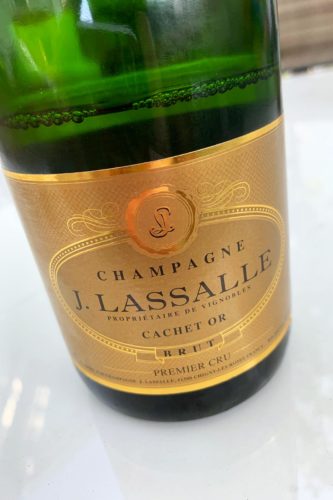 Montagne de Reims (Champagne AOC)
Montagne de Reims (Champagne AOC)
Grapes: Pinor Meunier (33%), Pinot Noir (33%), Chardonnay (33%)
Alcohol: 12%
Opinion: ★★★★ 3/4 (out of five)
Food-friendliness: Impeccable
Value: Exceptional
A beginner might like … the fullness and depth of this classic champagne. While the acidity lends it plenty of lift and energy, it is the “bass notes to the symphony” that lend it resonance. Be sure to have a glass with dinner, as this is a highly versatile gastronomy champagne.
A wine obsessive might like … drinking grower champagne at this price. Referenced above, the grower champagne movement has dramatically reshaped this region in the last few decades. Long dominated by négociant houses who prized consistency of style over single-site terroir or vintage variability, the growers — typically a smaller winemaker working with their own vineyards — has sharpened the focus on what champagne can and should be. Because of their size and scale, these wines are often highly coveted and priced accordingly. J. Lassalle has been making their own wine since 1942, when Champagne was just as much a battlefield as a wine region in the heights of World War II. Now helmed by Jules Lassalle’s granddaughter, Angéline Templier, the winery and its wines offer a tantalizing first taste of what grower champagne can be.
Note: This wine is routinely mislabeled on retailer websites as “Cachet d’Or.”
